Home>Articles>How Many Breakers Are Needed For A 200 Amp Panel
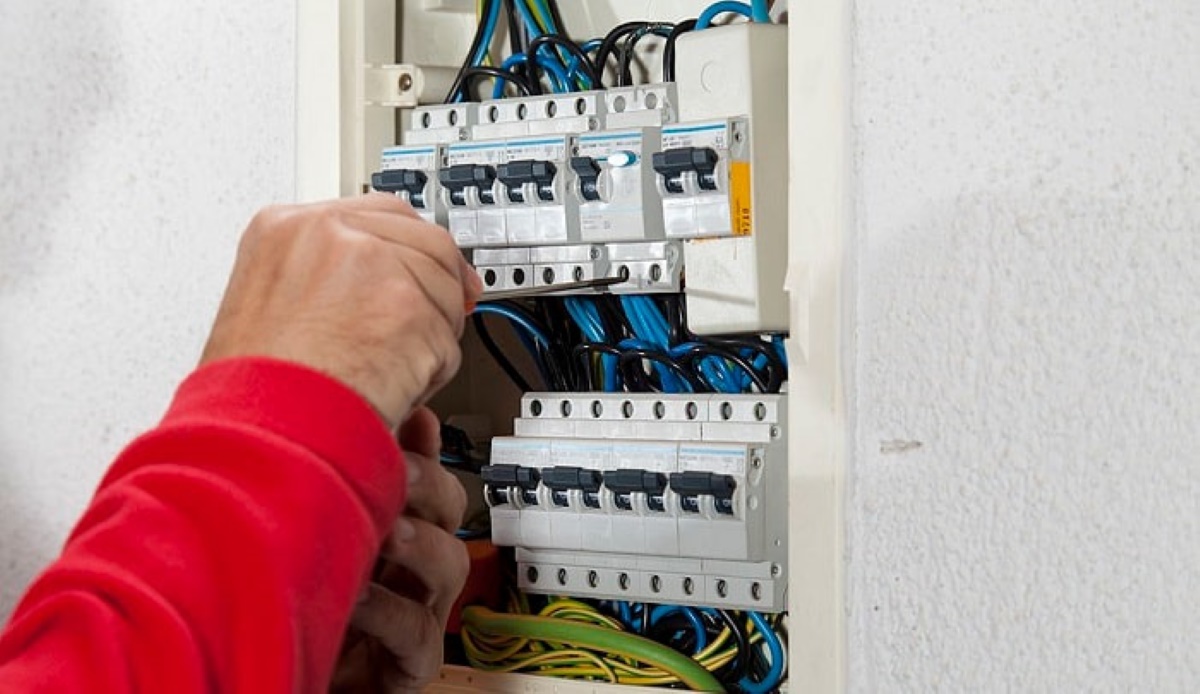

Articles
How Many Breakers Are Needed For A 200 Amp Panel
Modified: January 18, 2024
Discover how many breakers are required for a 200 Amp panel in this informative article. Gain insights and tips for installing the right number of breakers efficiently.
(Many of the links in this article redirect to a specific reviewed product. Your purchase of these products through affiliate links helps to generate commission for Storables.com, at no extra cost. Learn more)
Introduction
Welcome to the world of electrical panels! If you’re embarking on a home improvement project or planning to upgrade your electrical system, understanding how many breakers a 200 Amp panel can accommodate is crucial. A 200 Amp electrical panel is a common choice for residential properties, providing sufficient power for most household needs.
In this article, we’ll delve into the intricacies of 200 Amp panels and break down the key factors that influence the number of breakers they can handle. Whether you’re a homeowner, electrician, or simply curious about electrical systems, this article will guide you through the process of determining the breaker capacity of a 200 Amp panel.
So, let’s get started by understanding what exactly a 200 Amp panel is and why it’s an integral part of your home’s electrical system.
Key Takeaways:
- A 200 Amp panel typically accommodates 40-42 individual circuit breakers, including both single-pole and double-pole breakers. Factors such as electrical load, diversity of circuits, and specialized circuits must be considered when determining the number of breakers.
- Potential limitations of a 200 Amp panel, such as physical space, electrical code requirements, high electrical loads, specialized circuits, and future expansions, can be addressed with solutions like panel upgrades, additional subpanels, or consulting with a licensed electrician.
Read more: How Many Breakers In A 60 Amp Panel
Understanding 200 Amp Panels
Before diving into the specifics of breaker capacity, let’s take a moment to understand what a 200 Amp panel is and its significance in residential electrical systems. A 200 Amp panel refers to an electrical distribution board that can handle a maximum current of 200 Amperes.
Within a residential setting, the electrical panel is the central hub where electricity is distributed to various circuits throughout the house. It receives power from the utility company and then manages the flow of electricity to different appliances, outlets, and lighting fixtures.
A 200 Amp panel is designed to handle a higher capacity of electricity compared to panels with lower amp ratings. This allows homeowners to power a wider range of appliances and devices without overloading the system. It provides ample electricity to meet the demands of a modern household, which may include large kitchen appliances, air conditioning units, heating systems, and other high-powered devices.
Furthermore, a 200 Amp panel is equipped with a main breaker, which acts as a safety device that can shut off power to the entire house in case of an overload or electrical fault. This main breaker is typically rated at 200 Amps, effectively protecting the panel and the connected circuits from excessive current flow.
Now that we have a better understanding of what a 200 Amp panel is and its role in a residential electrical system, let’s explore how many breakers it can accommodate.
Breaker Capacity of a 200 Amp Panel
The breaker capacity of a 200 Amp panel refers to the maximum number of individual circuit breakers that can be installed in the panel. Each circuit breaker is responsible for protecting a specific circuit in the house, such as those dedicated to lighting, outlets, or appliances.
The breaker capacity is determined by various factors, including the physical size of the panel and the electrical code regulations that govern its installation. In the case of a 200 Amp panel, the most common breaker capacity is 40-42 breakers.
It’s important to note that the total number of breakers does not necessarily equate to the number of individual circuits that can be supported. Some circuits, such as those requiring higher amperage for appliances like an electric dryer or oven, may require a 240-volt circuit breaker, which occupies two slots in the panel. This means that it will effectively use up two breaker spaces.
Additionally, it’s crucial to consider the amp rating of each breaker when calculating the breaker capacity. In a 200 Amp panel, the majority of breakers will typically have an amp rating ranging from 15-50 Amps. However, there may also be larger breakers with higher amp ratings for circuits that require more power.
Ultimately, the breaker capacity of a 200 Amp panel is determined by the combination of physical space and electrical capacity. It’s essential to ensure that the total amp rating of the installed breakers does not exceed the panel’s maximum amperage rating.
Now that we understand the breaker capacity of a 200 Amp panel, let’s explore the factors that need to be considered when determining the number of breakers for a specific installation.
Factors to Consider when Determining the Number of Breakers
When determining the number of breakers for a 200 Amp panel, several factors need to be taken into account. These factors will help ensure that the electrical system is safe, compliant with electrical codes, and able to meet the demands of a modern household. Let’s explore these factors in more detail:
- Electrical load: The first factor to consider is the anticipated electrical load of the house. This involves assessing the number and type of appliances, lighting fixtures, and outlets that will be connected to the electrical system. A comprehensive load calculation will help determine the approximate number of circuits needed.
- Diversity of circuits: It’s important to distribute the electrical load across multiple circuits to prevent overloading. Different areas of the house, such as the kitchen, bedrooms, and living areas, may require separate circuits to ensure balanced power distribution.
- Specialized circuits: Certain appliances or systems, such as air conditioning units, water heaters, or electric vehicle chargers, may require dedicated circuits. These specialized circuits should be factored into the overall count of breakers.
- Appropriate breaker sizes: Each circuit should have a breaker size that matches the amperage rating of the wiring and the connected device. It’s important to ensure that the selected breakers are compatible with the panel and meet electrical code requirements.
- Spare breaker space: It’s recommended to leave some spare breaker space in the panel for future expansions or additions. This ensures that the electrical system can accommodate any changes or upgrades without the need for major panel modifications.
- Local electrical codes: Always consult the local electrical codes and regulations governing residential electrical installations. These codes may dictate specific requirements for breaker capacity, spacing, and other safety considerations.
By considering these factors, homeowners and electricians can determine the appropriate number of breakers for a 200 Amp panel, ensuring a safe and efficient electrical system.
Now, let’s explore the typical number of breakers found in a 200 Amp panel.
A 200 amp panel can typically accommodate around 40-42 circuit breakers, but this can vary based on the specific panel and the types of breakers used. Always consult a qualified electrician for accurate information.
Typical Number of Breakers in a 200 Amp Panel
The typical number of breakers found in a 200 Amp panel can vary depending on factors such as the brand and model of the panel, as well as the specific electrical requirements of the home. However, on average, a 200 Amp panel can accommodate around 40-42 individual circuit breakers.
It’s important to note that this number includes both standard single-pole breakers, which occupy one slot in the panel, and double-pole breakers, which occupy two slots. Double-pole breakers are typically used for larger appliances or systems that require 240 volts, such as electric dryers or air conditioning units.
In some cases, panels may offer additional space for tandem or “twin” breakers. Tandem breakers are designed to fit into a single slot but still provide the functionality of two separate breakers. This can increase the overall breaker capacity in a 200 Amp panel by a few additional circuits.
It’s important to keep in mind that the number of breakers does not necessarily equate to the number of circuits. As mentioned earlier, some circuits may require larger double-pole breakers, which occupy more slots in the panel. Additionally, it’s common to reserve a few slots for future expansions or additions to the electrical system.
While 40-42 breakers are the typical range for a 200 Amp panel, it’s important to consult the manufacturer’s specifications and electrical codes to determine the exact breaker capacity for a specific panel model.
Now that we’ve explored the typical number of breakers, it’s important to be aware of any potential limitations and explore solutions to overcome them.
Read more: How Many Breakers In 100 Amp Panel
Potential Limitations and Solutions
While a 200 Amp panel has a robust breaker capacity, there are potential limitations that homeowners and electricians should be aware of. These limitations arise from factors such as available physical space, electrical code requirements, and the specific electrical load of the house. Let’s explore some potential limitations and their corresponding solutions:
- Physical Space: One common limitation is the physical space within the panel enclosure. A 200 Amp panel has a certain size and number of slots, which may limit the number of breakers that can be installed. In some cases, upgrading to a larger panel may be necessary to accommodate additional circuits.
- Electrical Code Requirements: Electrical codes dictate the minimum circuit requirements for different areas of the house, such as kitchens, bathrooms, and outdoor living spaces. If these requirements exceed the available slots in the panel, additional panels or subpanels may be needed to meet code compliance.
- High Electrical Load: Homes with high electrical demands, such as those with large heating or cooling systems, extensive lighting setups, or numerous power-hungry appliances, may require more circuits than a standard 200 Amp panel can provide. Upgrading to a larger amp rating, such as a 300 or 400 Amp panel, can address this limitation.
- Specialized Circuits: Homes with specific needs, such as a home office with multiple computers or a workshop with heavy machinery, may require dedicated circuits. This can put additional strain on the breaker capacity. Adding subpanels or load centers dedicated to these specialized circuits can help alleviate this limitation.
- Future Expansion: It’s important to consider future plans for the house when determining the breaker capacity. If there are anticipated expansions, such as adding a new wing, a pool, or a garage, it’s wise to leave some spare breaker space in the current panel or plan for additional subpanels in the future.
When faced with these limitations, it’s essential to consult with a licensed electrician. They can assess the specific needs of the house, recommend the appropriate solutions, and ensure compliance with electrical codes and safety standards.
Now, let’s wrap up our discussion on 200 Amp panels.
Conclusion
Understanding the breaker capacity of a 200 Amp panel is crucial for ensuring a safe and efficient electrical system in residential properties. A 200 Amp panel is a common choice for homes due to its ability to handle the electrical demands of a modern household.
Throughout this article, we’ve explored the key aspects of 200 Amp panels and breakers. We’ve learned that a 200 Amp panel has a typical breaker capacity of around 40-42 individual circuit breakers. This number includes both standard single-pole breakers and double-pole breakers that occupy two slots in the panel.
When determining the number of breakers for a 200 Amp panel, several factors must be considered. These factors include the electrical load of the house, diversity of circuits, specialized circuits, appropriate breaker sizes, spare breaker space, and local electrical codes. Taking these factors into account will ensure that the electrical system is safe, compliant, and able to meet the needs of the household.
While a 200 Amp panel has a robust breaker capacity, it’s important to be aware of potential limitations such as physical space, electrical code requirements, high electrical loads, specialized circuits, and future expansions. Consulting with a professional electrician can help overcome these limitations and ensure the electrical system is properly designed and installed.
In conclusion, a 200 Amp panel provides a solid foundation for a residential electrical system. By understanding its breaker capacity and considering the various factors involved, homeowners and electricians can create a safe and efficient electrical infrastructure to power their homes.
Whether you’re embarking on a home improvement project or simply seeking knowledge about electrical systems, we hope this article has provided valuable insights into 200 Amp panels and breakers.
Frequently Asked Questions about How Many Breakers Are Needed For A 200 Amp Panel
Was this page helpful?
At Storables.com, we guarantee accurate and reliable information. Our content, validated by Expert Board Contributors, is crafted following stringent Editorial Policies. We're committed to providing you with well-researched, expert-backed insights for all your informational needs.
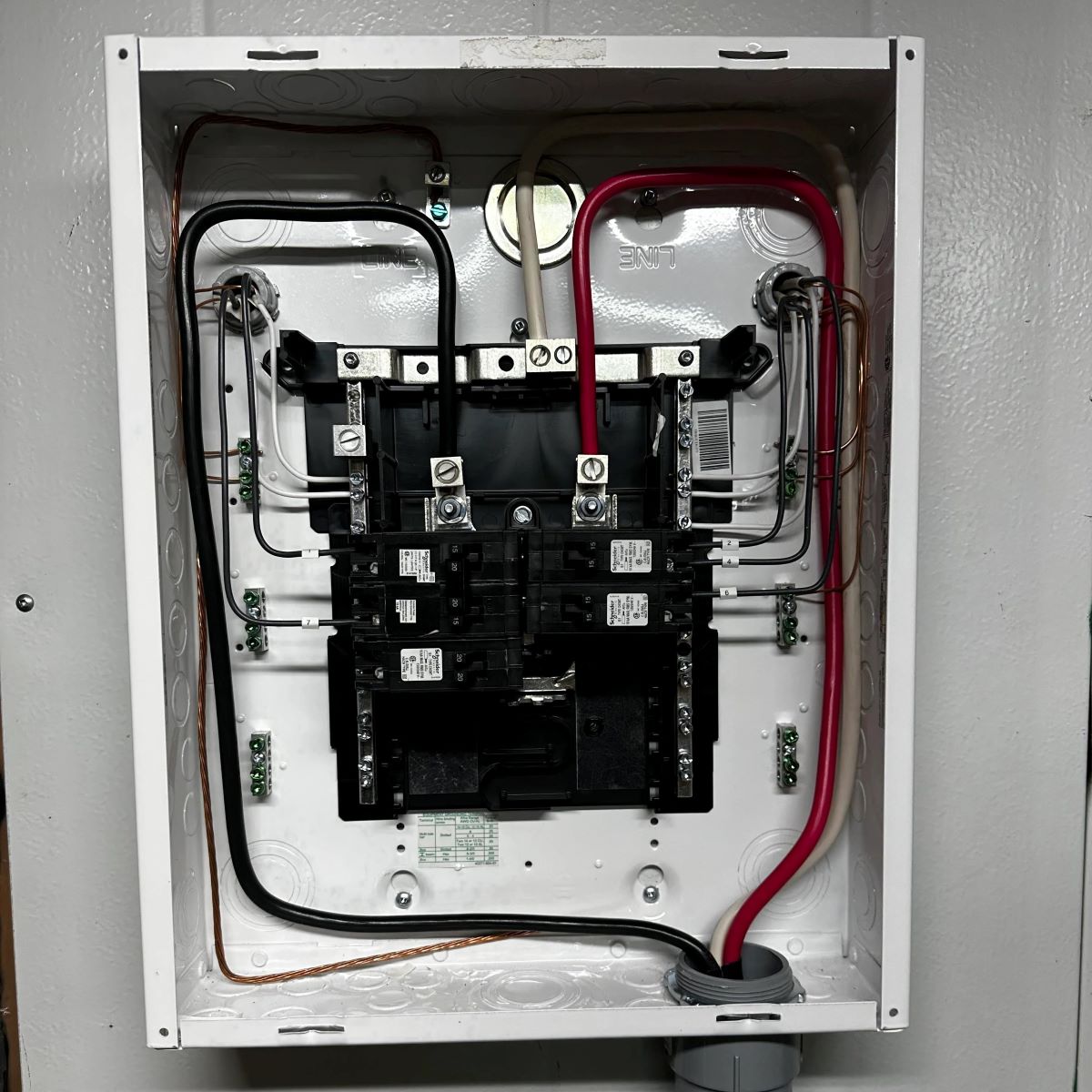
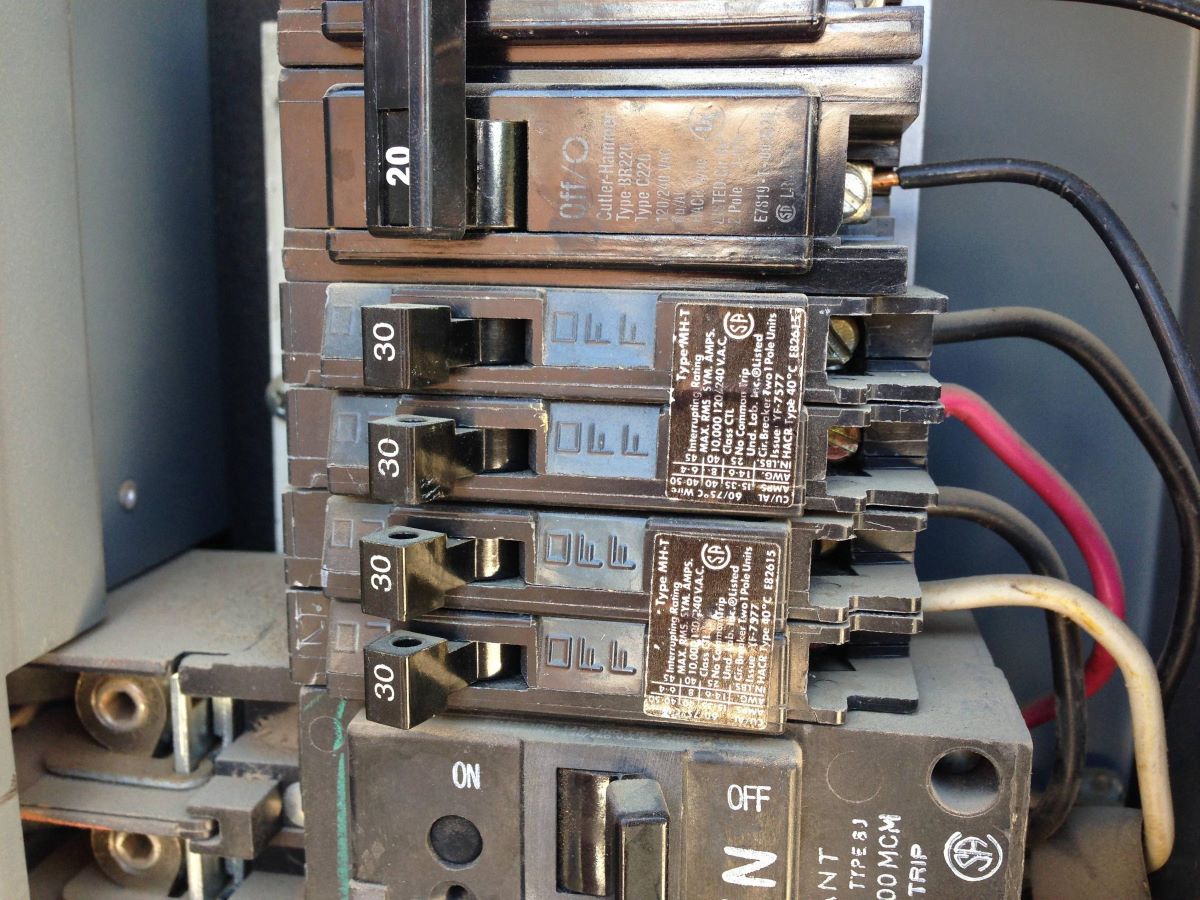
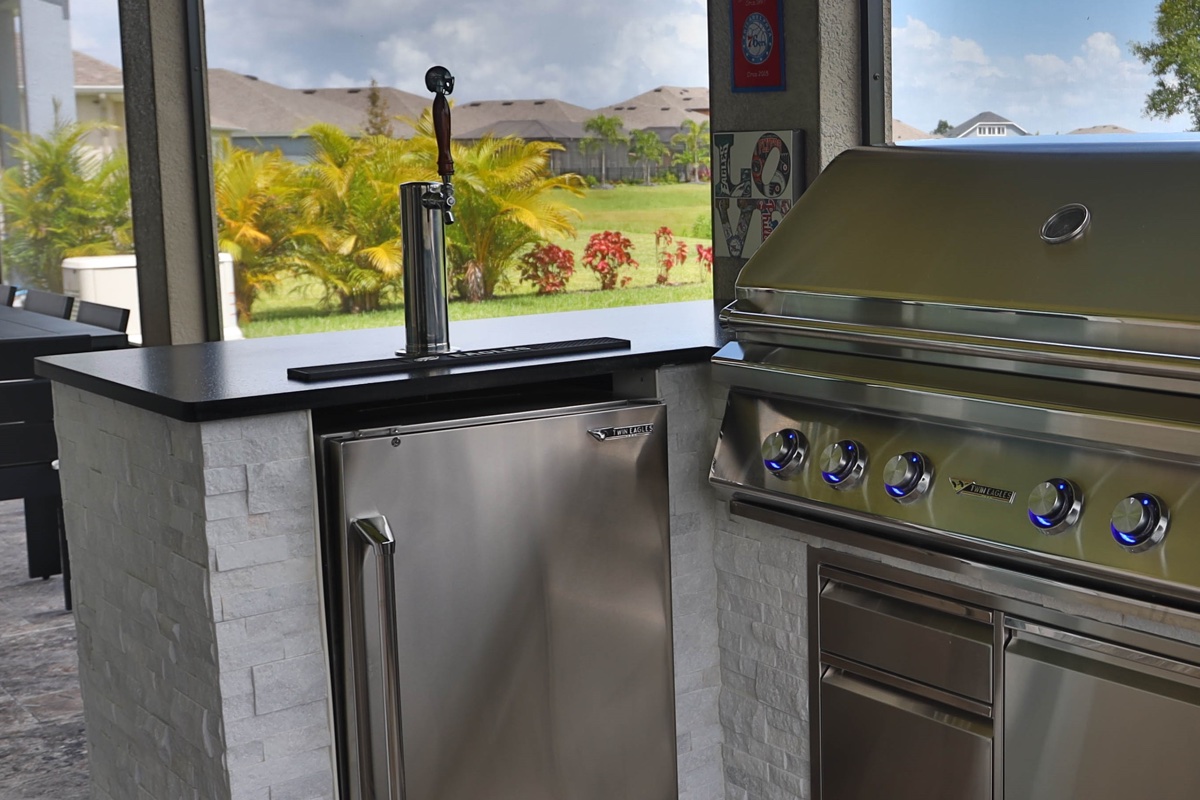
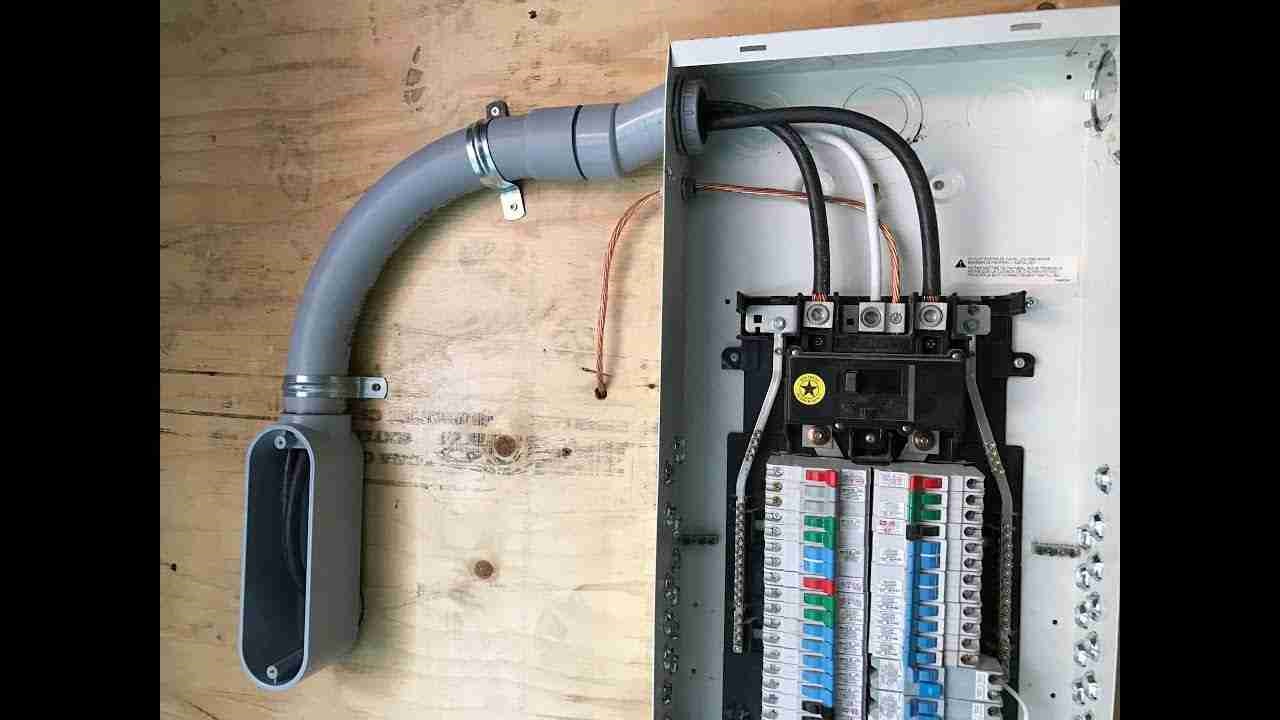
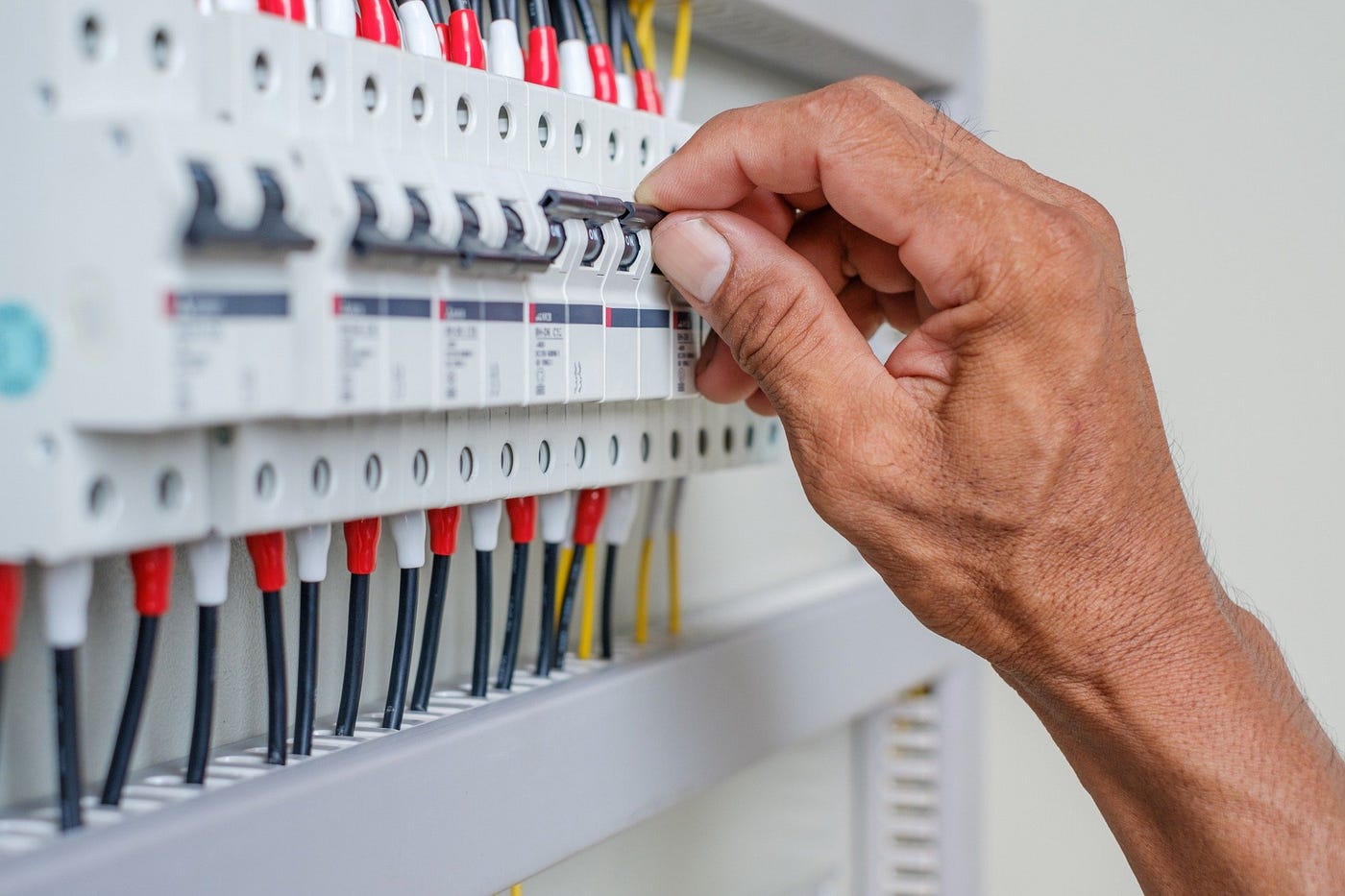
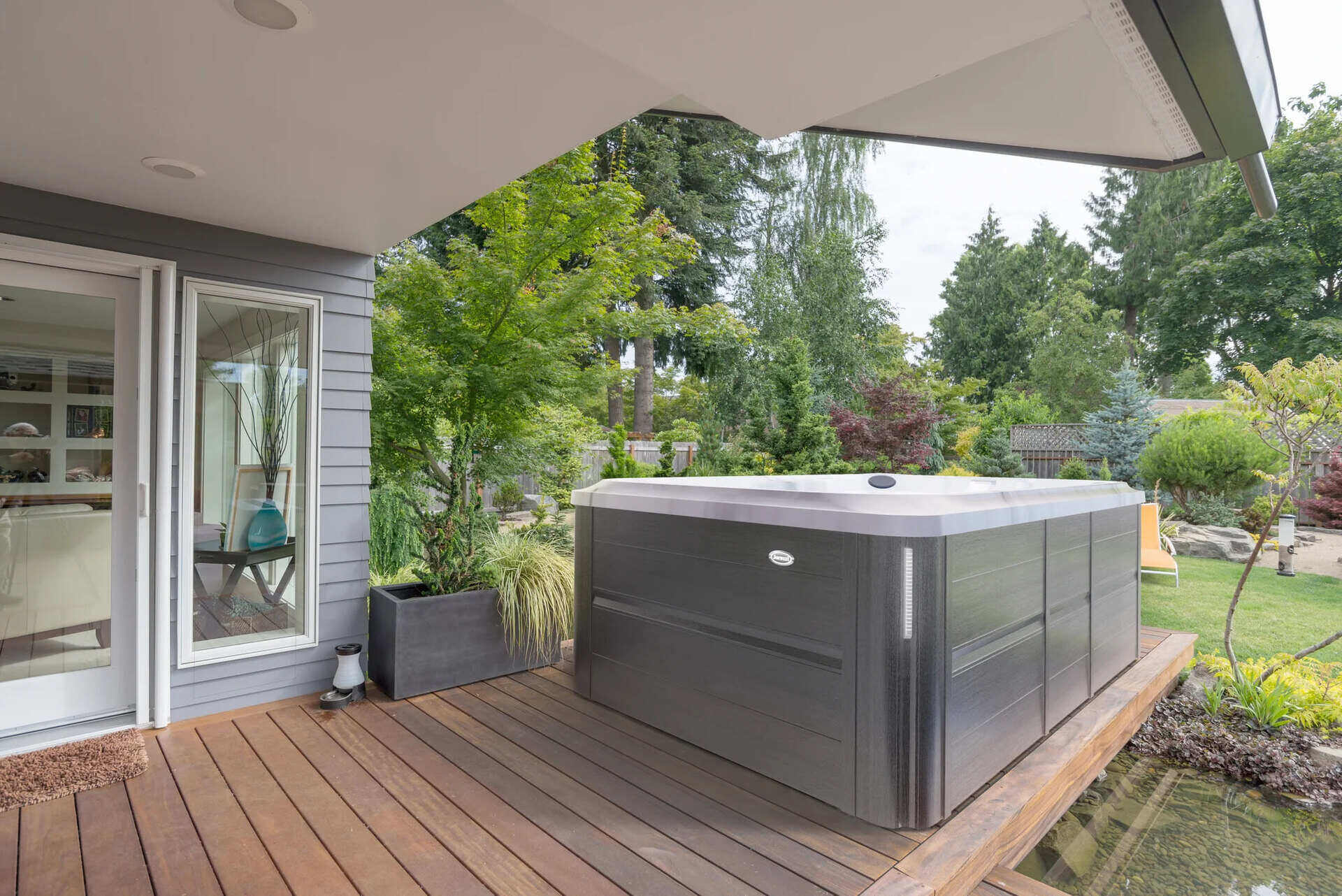
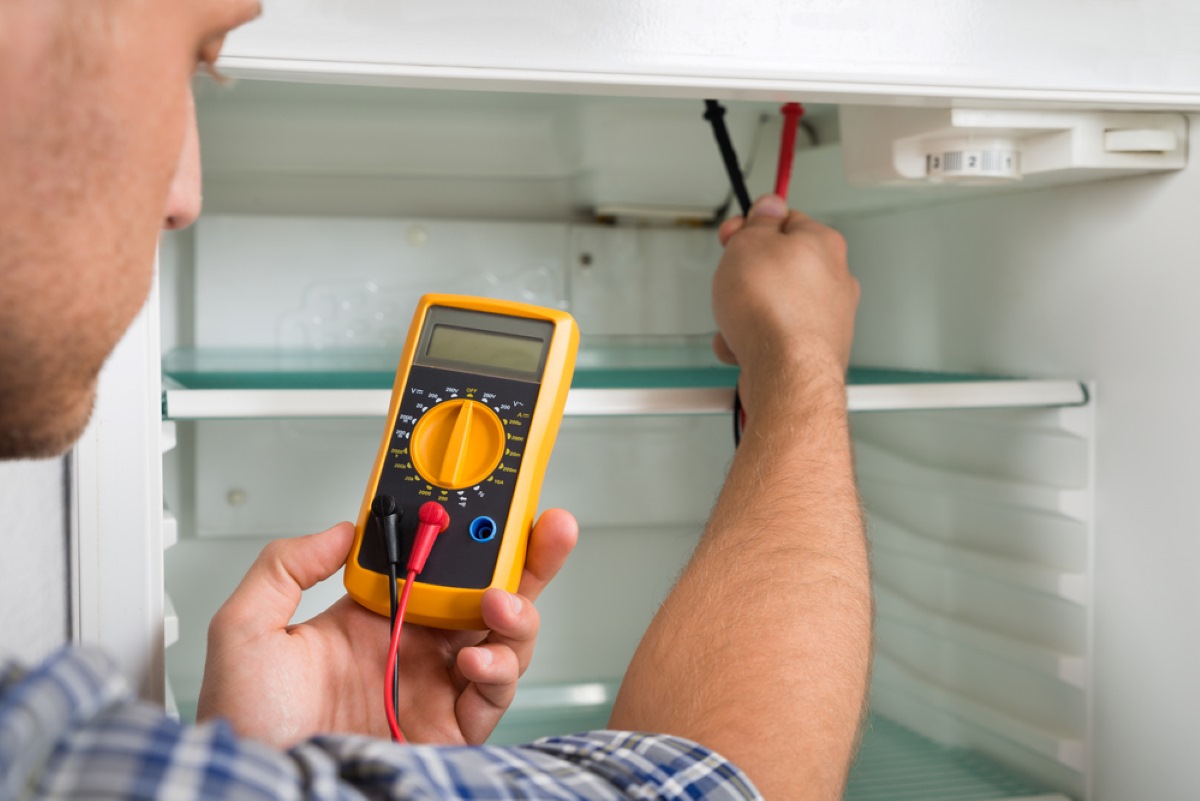
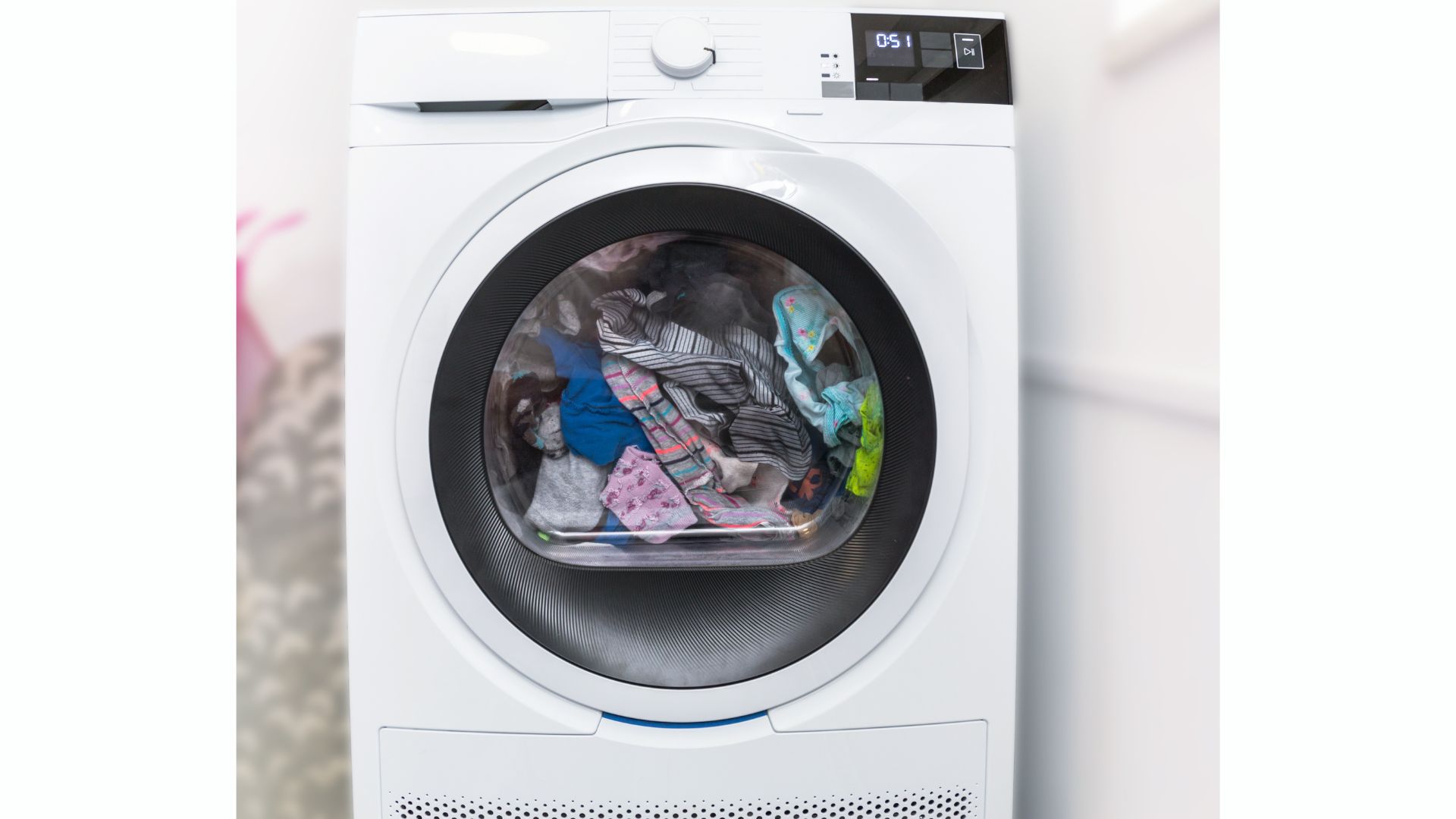
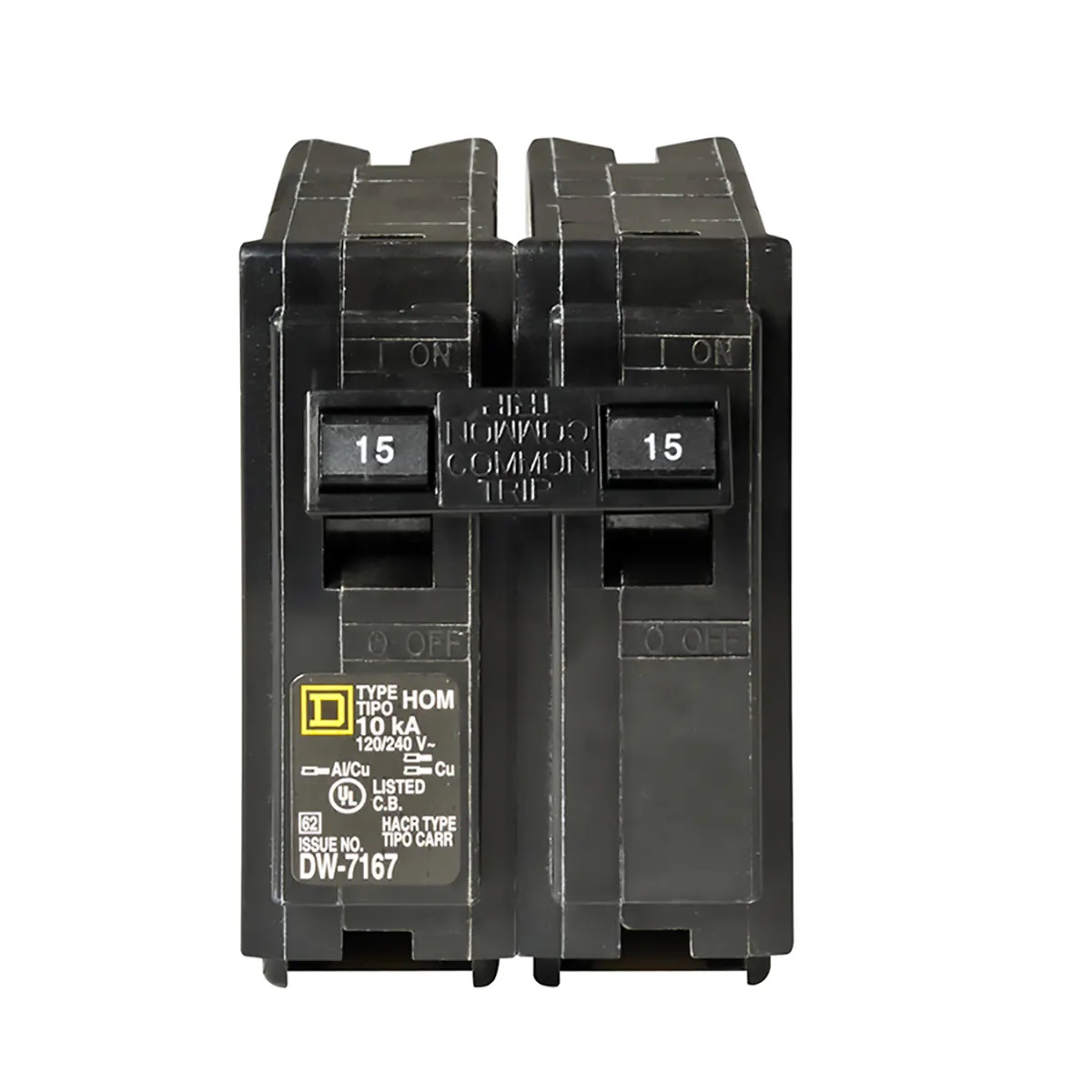
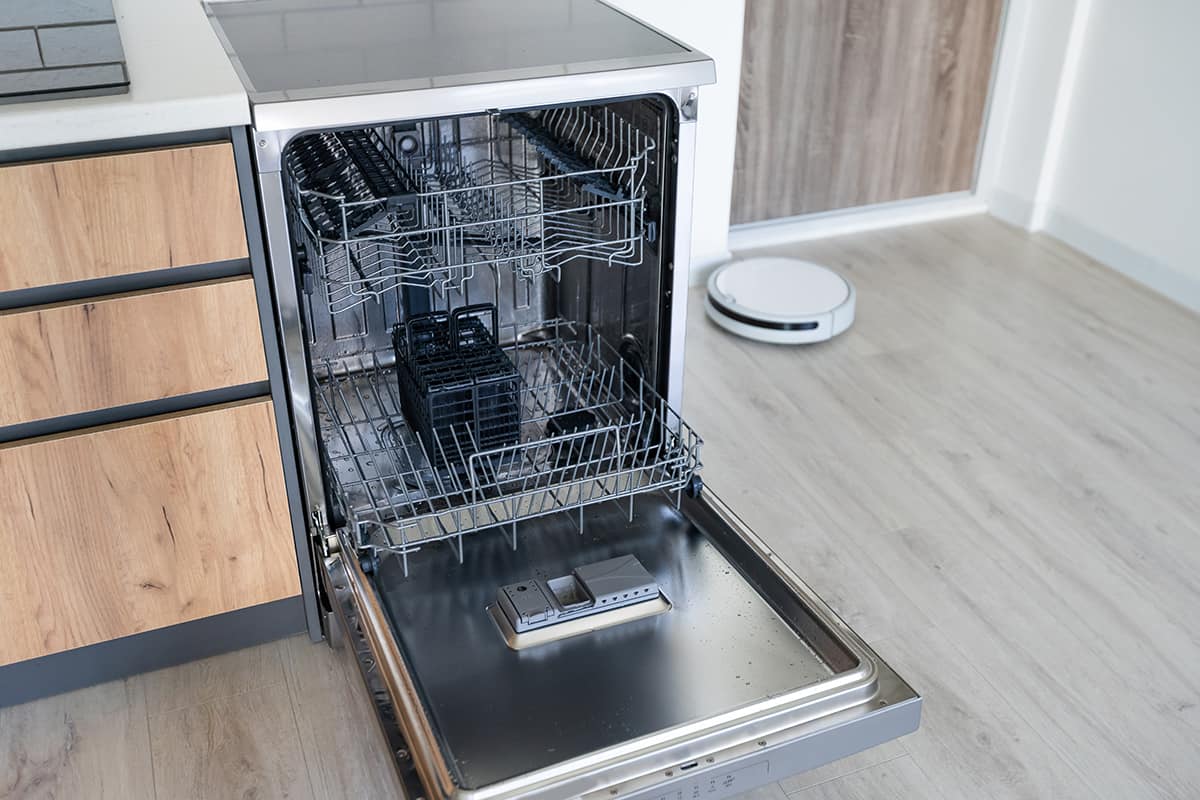
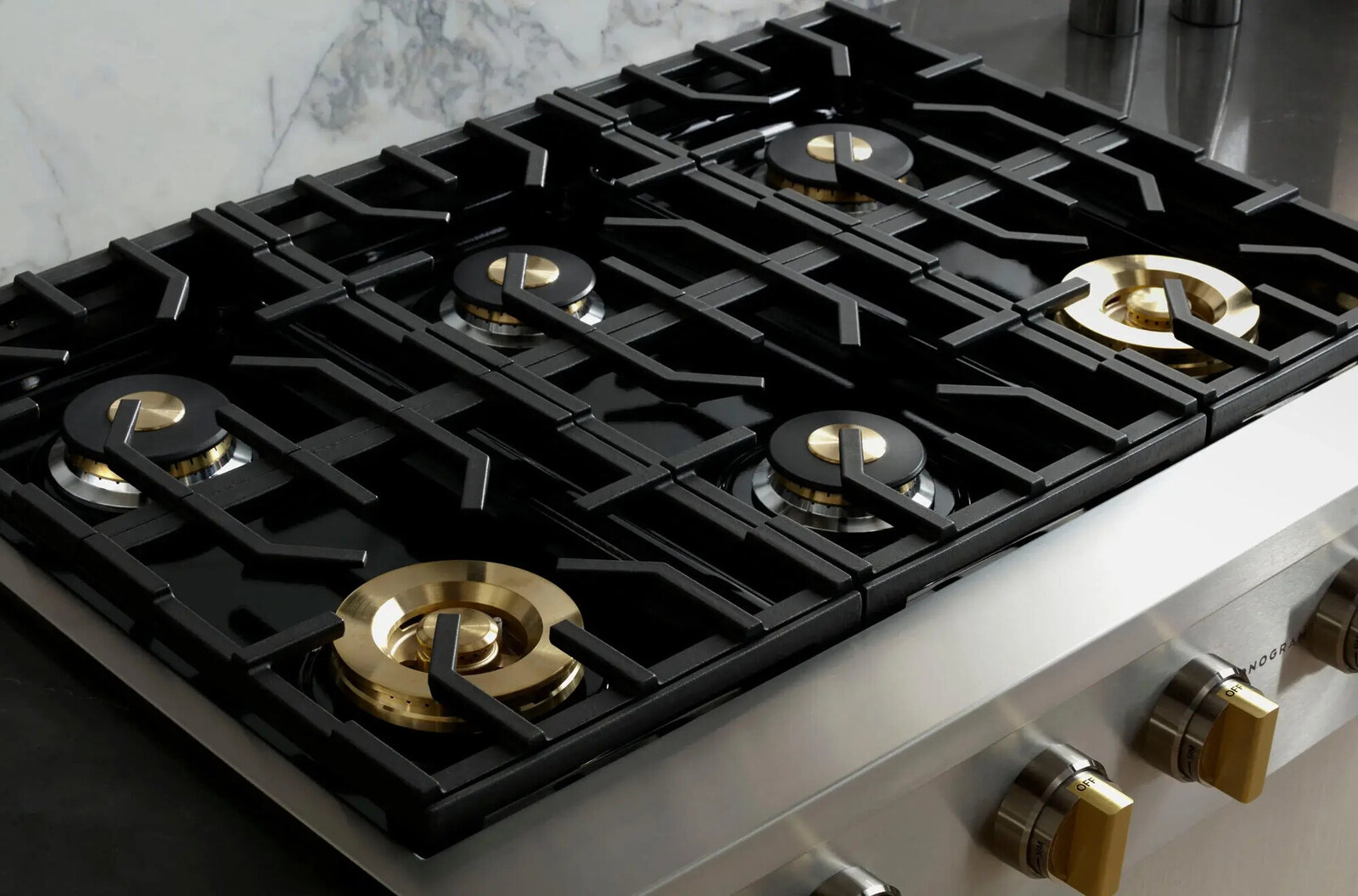


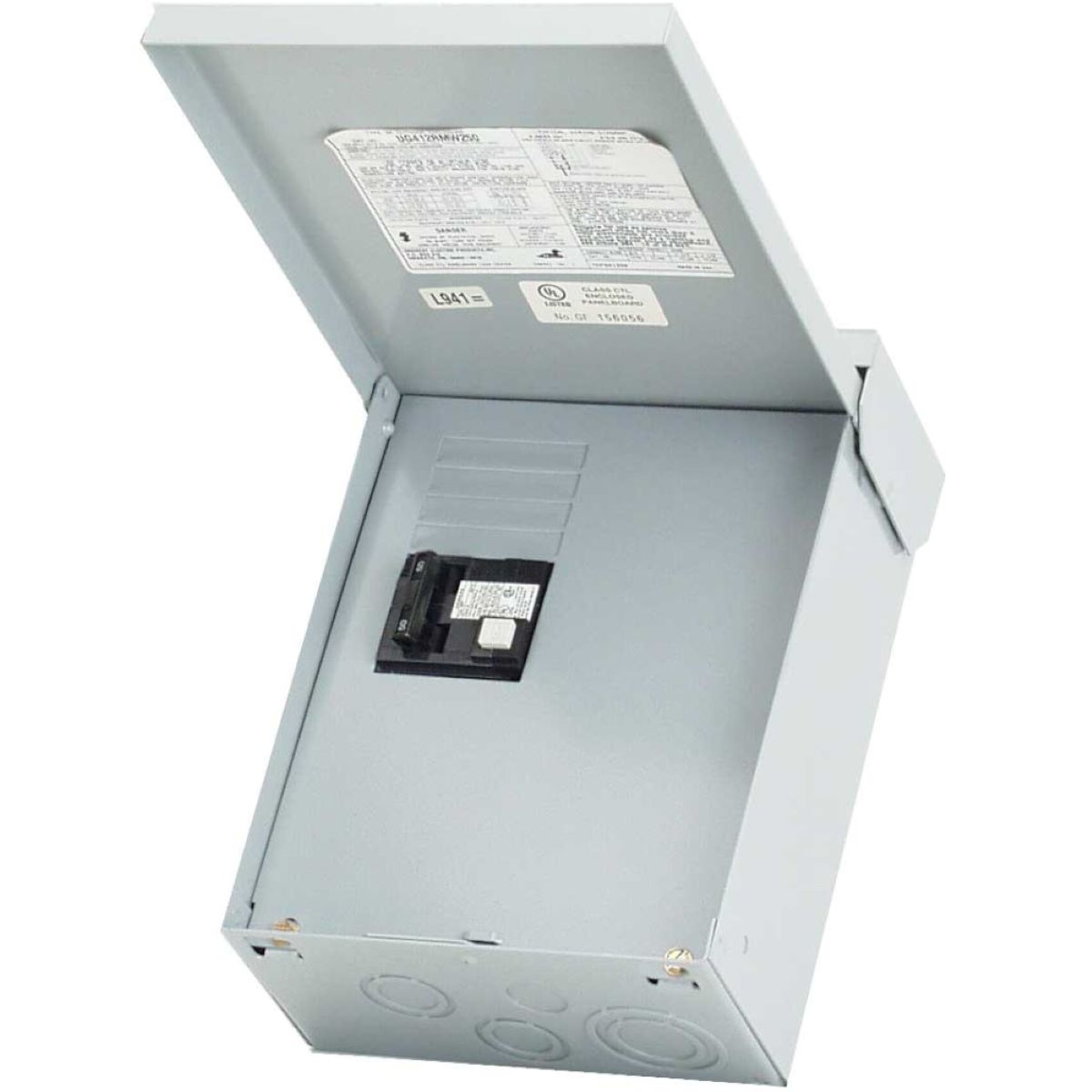

0 thoughts on “How Many Breakers Are Needed For A 200 Amp Panel”